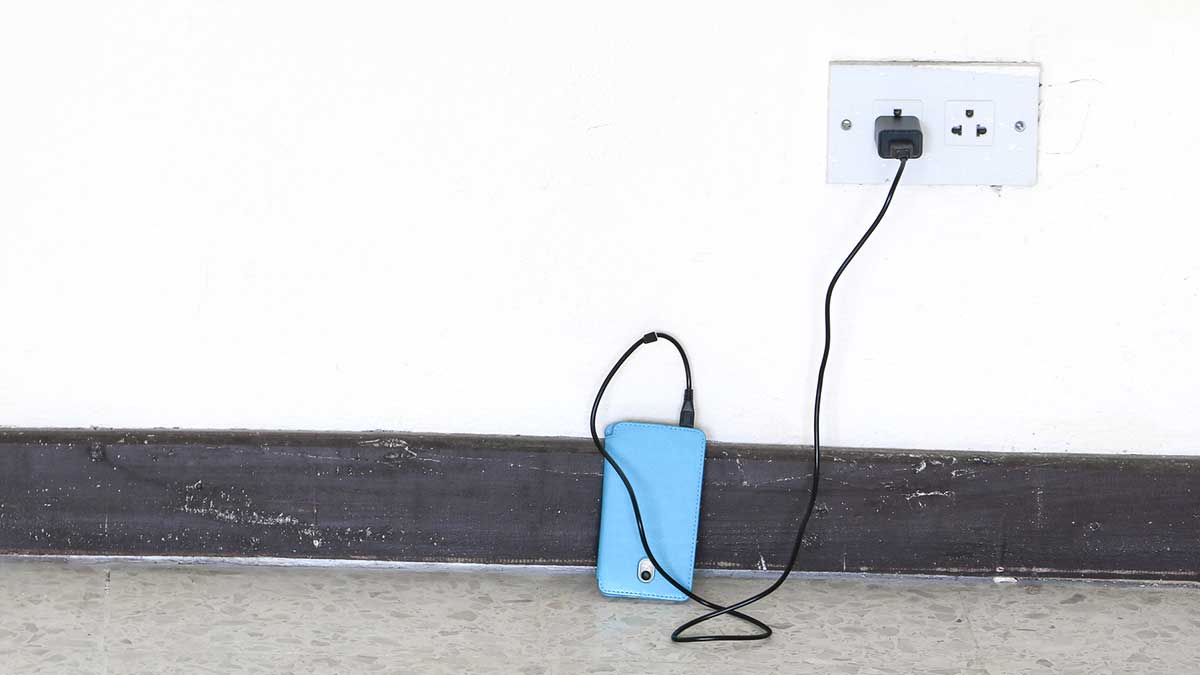Phone and energy combination rings in revenue for Amaysim

Made for each other ... Phone and energy bring in dollars for Amaysim. Picture: Getty
Do energy and phone services belong on the same bill?
The answer may be ‘yes’ if mobile phone company Amaysim’s (ASX:AYS) acquisition of online energy provider Click Energy is any indication.
The impact of the Click acquisition on Amaysim’s full year results is pretty convincing.
Click added $45.7 million in revenue for the two months Amaysim owned it, or about 14 per cent of total group revenue.
With industry profit margins of 13 to 22 per cent (according to the Grattan Institute) and next-to-nothing happening at a government level to lower those profits, it’s not a bad time to be in the energy business.
Amaysim’s shift into energy follows several similar deals since the energy sector was deregulated in 2009.
M2, now Vocus Group (ASX:VOC), bought telco Commander in 2009 and energy and phone services reseller Dodo in 2013. Vocus also bought Switch Energy in New Zealand in December.
The energy division was Vocus’s best performer, with earnings-per-customer rising 217 per cent this year to $211.7 million — even though energy products only made up 4 per cent of total revenue.
At the top of the telco market, Telstra began hinting it might start bundling home energy services with its Internet and phone options as far back as February last year after poaching Ben Burge from New Zealand’s Meridian Energy.
Nothing has come of that but in May, Burge and Telstra announced they’d be the anchor customer for a 70MW solar farm in Queensland — so they are definitely now in the electricity business.
Some analysts believe it makes sense for companies such as telcos — with existing databases and billing infrastructure — to get into the energy business.
Paul Curnow, head of law firm Baker McKenzie’s Asia Pacific renewable energy and clean technology practice, believes it’s a model even supermarkets could push into, with their loyalty card databases and — in the case of Aldi — branded phone services.
But others such as veteran telco analyst Paul Budde is sceptical about whether we’ll see a big move by telcos and the like into power services.
“It’s not something new, we’ve seen it a lot over the last 10 years [since deregulation in 2009],” Budde told Stockhead.
“You can resell telecommunications services. You buy it wholesale and resell it, and now that’s possible in energy.”
Budde’s research shows that in the past only 5-10 per cent of the population has chosen to bundle their telecoms with their power bills.
But that may be changing.
The Australian Energy Market Commission said in its 2017 report on retail energy competition that “competitive pressure from retailers with different business models is forcing traditional retailers to compete not just on price, but also on value-added product and service offerings”.
“Traditional retailers are also reconsidering their value proposition to consumers, and making some changes, including investment in information technology platforms, such as AGL’s digital transformation project.”
But going deep on reselling energy brings risks, too.
TPC Consolidated (ASX:TPC), a former phone service reseller which now relies mostly on its subsidiary CovaU, moved too into the energy sector too soon and got burned.
TPC warned this month they’d have to take evasive action to deal with the “difficult situation” in the energy industry in the second half of 2017: otherwise known as the drastic energy shortages and huge price hikes experienced over the summer.
They have, however, turned around last year’s $3.3 million loss, to a $800,000 pre-tax profit.
And how do the big three energy retailers feel about this? Could their dominance finally be threatened by cut price energy resellers?
An AGL spokesperson told Stockhead the business welcomed competition, as it led to better products and improved service.
For AGL specifically, it meant trialling a peer-to-peer energy trading system — another idea that risks the traditional energy retailing model, if left to outsiders to perfect — and investing in a ‘virtual power plant’, which involved installing 1000 batteries in solar-equipped homes in Adelaide, to create a 5MW virtual solar plant.
Origin declined to comment. EnergyAustralia did not respond before publication.
UNLOCK INSIGHTS
Discover the untold stories of emerging ASX stocks.
Daily news and expert analysis, it's free to subscribe.
By proceeding, you confirm you understand that we handle personal information in accordance with our Privacy Policy.








